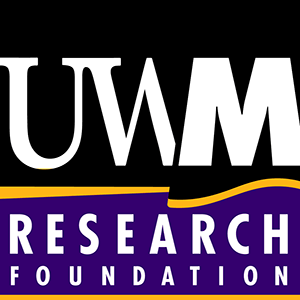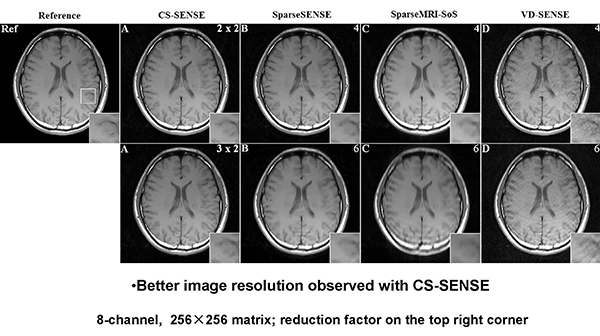
OTT1188
Applications
This invention addresses the long-standing issue of low imaging speed in MRI by utilizing the complementary benefits of compressed sensing and parallel imaging. The technology has the potential to revolutionize MRI speed, making real-time, high-resolution imaging possible. It has important applications in dynamic and functional imaging, such as cardiac imaging, functional imaging, and dynamic contrast-enhanced (DCE) imaging, especially in three-dimensional imaging.
Key Benefits
- Faster – The invention achieves at least 4x acquisition speed.
- Better quality – The images will have higher resolution.
- Lasting market – MRI will continue to play an import role in non-invasive diagnosis.
- Larger market – The invention will likely create a larger market of MRI due to improved speed.
- Ease to Implement – Can employ the existing data acquisition sequences.
Technology
Magnetic resonance imaging (MRI) has revolutionized radiology for the last three decades because of its unique capabilities for structural, physiological, and functional imaging. However, its applications are still rather limited due to its relatively low imaging speeds. This invention combines compressed sensing, a new theoretical framework for signal recovery with very few samples, and parallel imaging, an emerging fast imaging technology using phased array coil, to achieve a significant reduction in data acquisition time.
Inventor
Lei Ying was an Assistant Professor in the Department of Electrical Engineering and Computer Science at University of Wisconsin – Milwaukee from 2003-2012. She is now a Professor at the University at Buffalo, The State University of New York in the Department of Biomedical Engineering and Director of Graduate Studies in the Department of Electrical Engineering.
Intellectual Property
US8587307B2
This technology is available on an exclusive or non-exclusive basis.

